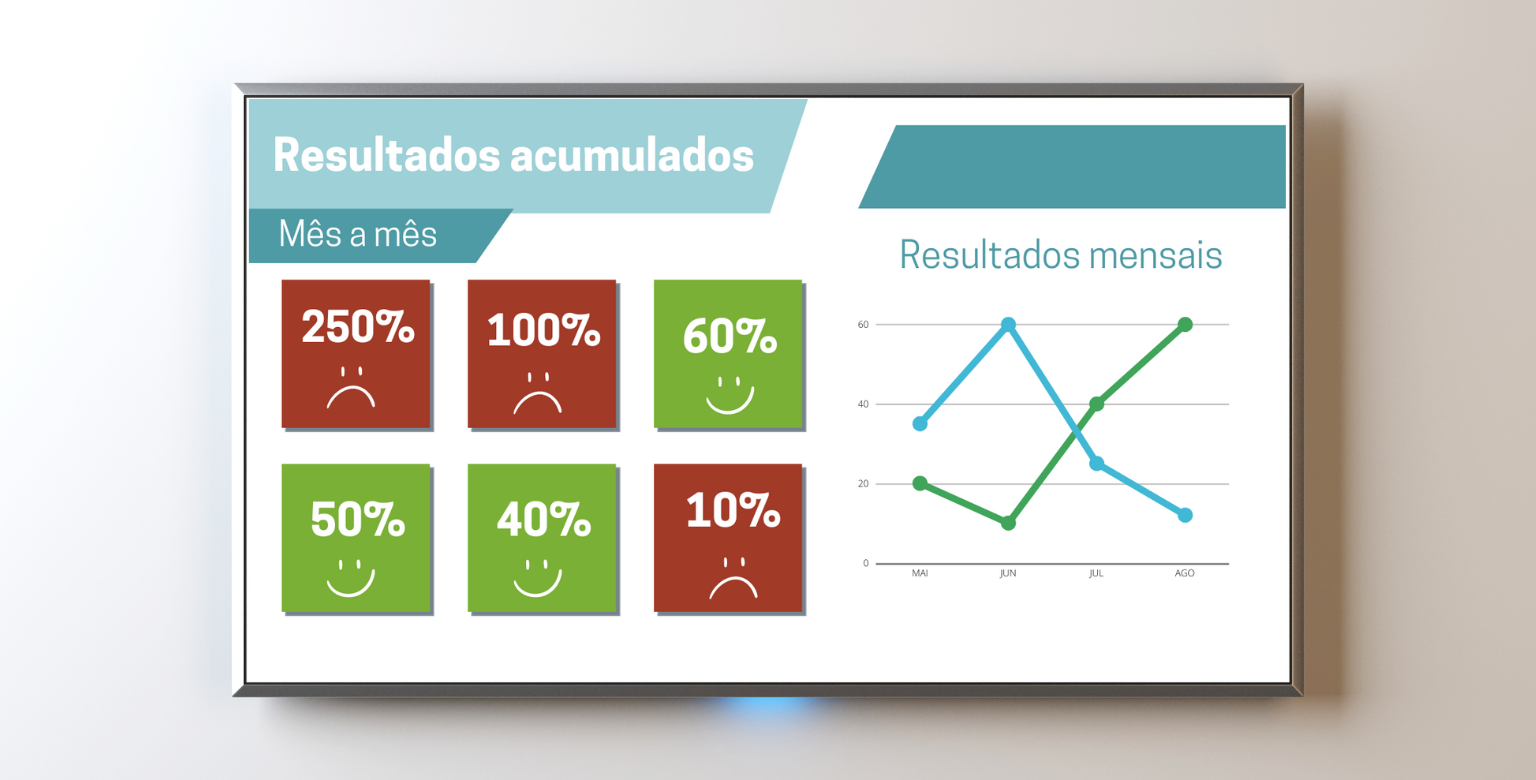Learn about the advantages and disadvantages of centralized and decentralized management
Centralised and decentralised management are opposing management models that are used in traditional and modern businesses. Are linked to decision-making at the top of the corporations. Among the meanings of decentralization are the terms: give powers to local groups, opposite the accumulation of powers system. The centralized Word is classified as concentration. And, that's exactly how it works the model employed in two steps.
Centralization
• Decisions are made by the Summit, namely, at the top of the organizational pyramid which corresponds to the strategic level.
Advantages: greater control, uniformity in procedures and decisions, good communication, ease in the control and evaluation, greater accountability, avoids waste and duplication of tasks.
Disadvantages: decisions taken far problem area, delay in decision-making, high dependence of the dome, less competition and exercise of creativity among the units, inefficiency in the use of resources.
 Decentralization
Decentralization
Decisions are taken away from the dome, in the area in which occurs the demand.
Advantage: greater autonomy to managers, agility in decision-making, creativity in problem solving, positive competition between units, less dependence of the dome, optimization, better use of resources, motivation and retaining talent, use of specific knowledge, greater assertiveness with customers given the proximity.
Disadvantage: lack of uniformity in the decisions, difficulty of control, tendency to waste and duplication, less efficient communication, difficulty of assessment and accountability, lack of coordination, negative competition-if decentralization is not well managed.




